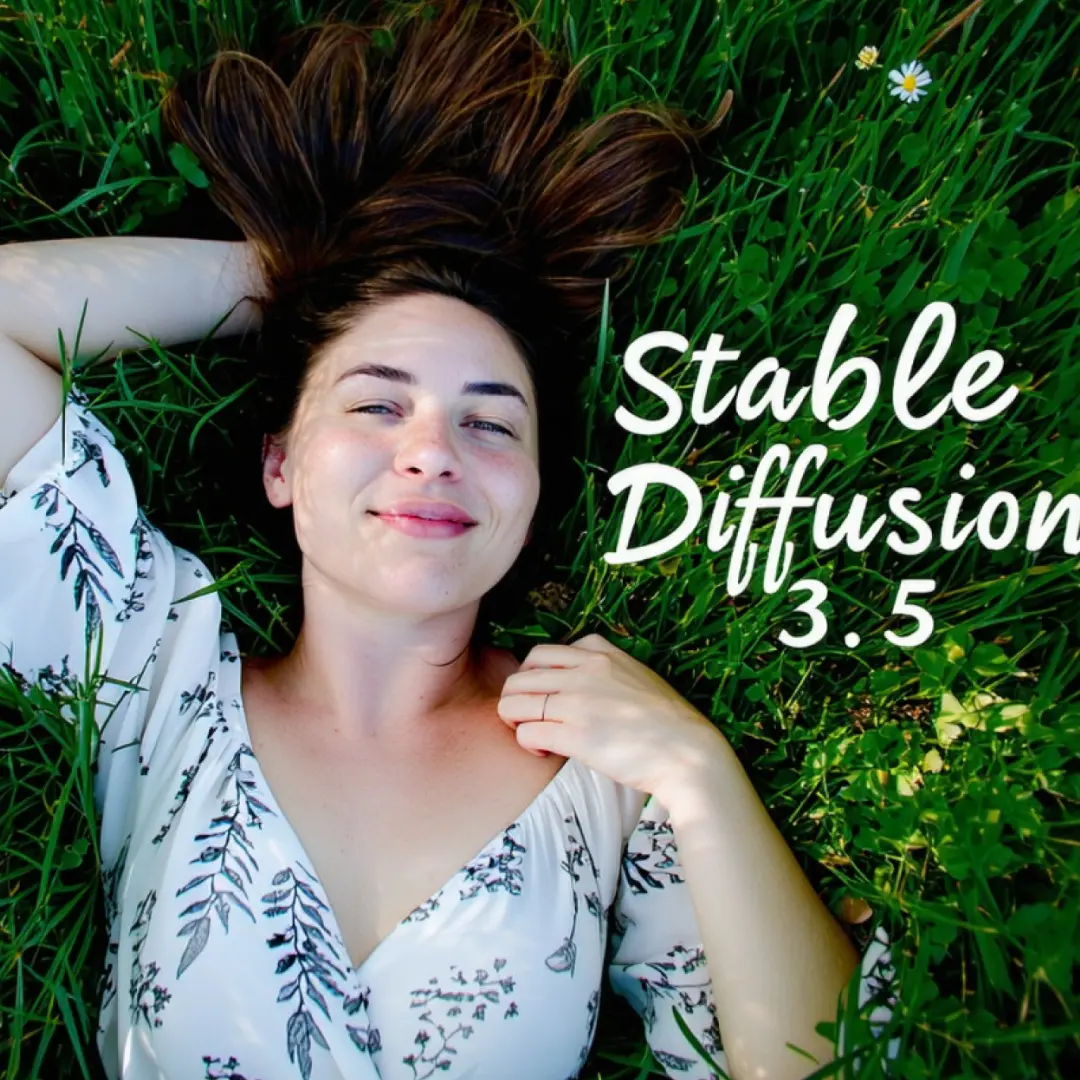ComfyUI Node: Image Switch (JPS)
Image Switch (JPS)
CategoryJPS Nodes/Switches
JPS (Account age: 600days) Extension
JPS Custom Nodes for ComfyUI Latest Updated
2024-05-22 Github Stars
0.07K
How to Install JPS Custom Nodes for ComfyUI
Install this extension via the ComfyUI Manager by searching for JPS Custom Nodes for ComfyUI- 1. Click the Manager button in the main menu
- 2. Select Custom Nodes Manager button
- 3. Enter JPS Custom Nodes for ComfyUI in the search bar
Visit ComfyUI Online for ready-to-use ComfyUI environment
- Free trial available
- 16GB VRAM to 80GB VRAM GPU machines
- 400+ preloaded models/nodes
- Freedom to upload custom models/nodes
- 200+ ready-to-run workflows
- 100% private workspace with up to 200GB storage
- Dedicated Support
Image Switch (JPS) Description
Dynamically select and output images based on integer value for streamlined image processing.
Image Switch (JPS):
The Image Switch (JPS) node is designed to dynamically select and output one of several input images based on a specified integer value. This node is particularly useful in scenarios where you need to switch between different images programmatically, such as in automated workflows or conditional image processing tasks. By providing a simple yet effective mechanism to choose between multiple images, the Image Switch (JPS) node enhances flexibility and control in your image processing pipeline, allowing you to streamline operations and achieve desired outcomes with ease.
Image Switch (JPS) Input Parameters:
select
The select parameter is an integer that determines which input image will be selected and output by the node. The value of this parameter ranges from 1 to 5, corresponding to the optional image inputs img_1 to img_5. For example, if select is set to 2, the node will output img_2. If the value does not match any provided image input, the node defaults to img_1. This parameter is crucial for controlling the node's behavior and ensuring the correct image is chosen based on your specific requirements.
img_1
The img_1 parameter is the primary image input and serves as the default output if no other images are selected. This parameter accepts an image and is required for the node to function. It is the fallback image when the select parameter is set to a value that does not correspond to any other provided image inputs.
img_2
The img_2 parameter is an optional image input that can be selected by setting the select parameter to 2. This allows you to provide an alternative image that can be dynamically chosen based on the select value.
img_3
The img_3 parameter is an optional image input that can be selected by setting the select parameter to 3. This provides another alternative image for dynamic selection.
img_4
The img_4 parameter is an optional image input that can be selected by setting the select parameter to 4. This adds further flexibility by allowing another image to be chosen based on the select value.
img_5
The img_5 parameter is an optional image input that can be selected by setting the select parameter to 5. This is the final alternative image input, providing a total of five possible images that can be dynamically selected.
Image Switch (JPS) Output Parameters:
img_out
The img_out parameter is the output image that results from the selection process. It corresponds to the image input chosen based on the select parameter. This output is crucial as it represents the dynamically selected image that will be used in subsequent processing steps or workflows.
Image Switch (JPS) Usage Tips:
- Ensure that you provide all necessary image inputs (
img_1toimg_5) to maximize the flexibility of the node. Even though some inputs are optional, having them available allows for more dynamic selection. - Use the
selectparameter effectively by setting it programmatically in your workflow to switch between images based on specific conditions or criteria. - If you only need to switch between a few images, you can leave the other image inputs empty. The node will still function correctly by defaulting to
img_1when theselectvalue does not match any provided image inputs.
Image Switch (JPS) Common Errors and Solutions:
Invalid select value
- Explanation: The
selectparameter is set to a value outside the range of 1 to 5. - Solution: Ensure that theselectparameter is set to an integer value between 1 and 5. If the value is outside this range, the node will default toimg_1.
Missing required img_1 input
- Explanation: The
img_1parameter is not provided, which is required for the node to function. - Solution: Always provide an image for the
img_1parameter, as it serves as the default and fallback image.
NoneType object error
- Explanation: One of the optional image inputs (
img_2,img_3,img_4, orimg_5) is selected but not provided, resulting in aNoneTypeobject error. - Solution: Ensure that all optional image inputs that might be selected based on the
selectparameter are provided. If an image input is not needed, make sure theselectparameter does not point to it.
Image Switch (JPS) Related Nodes
RunComfy is the premier ComfyUI platform, offering ComfyUI online environment and services, along with ComfyUI workflows featuring stunning visuals. RunComfy also provides AI Playground, enabling artists to harness the latest AI tools to create incredible art.


